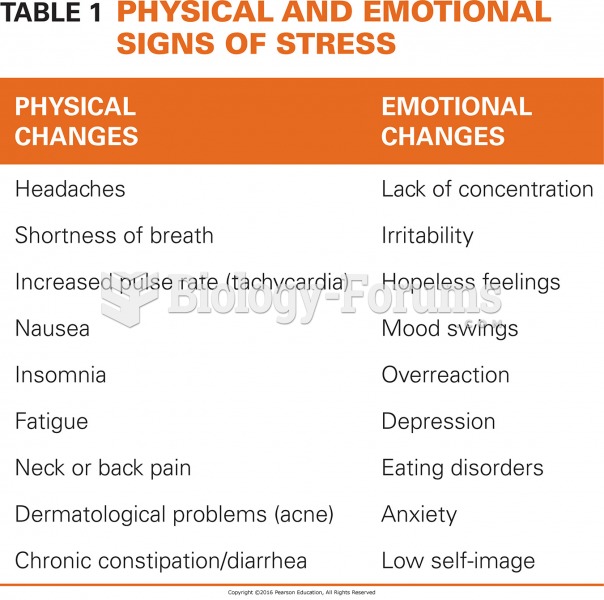Answer to Question 1
Answer: 1, 2, 3, 4
Explanation: 1. On the individual level, addressing approaches to reduce sources of stress are referral to sources of assistance, developing or expanding social support networks, assisting with employment and other social needs, and arranging for respite care as needed. These approaches address potential sources of abuse: elder, child, and self. Assisting in developing a community response plan is a population health approach to prevent suicide clusters and copycat murders.
2. On the individual level, addressing approaches to reduce sources of stress are referral to sources of assistance, developing or expanding social support networks, assisting with employment and other social needs, and arranging for respite care as needed. These approaches address potential sources of abuse: elder, child, and self. Assisting in developing a community response plan is a population health approach to prevent suicide clusters and copycat murders.
3. On the individual level, addressing approaches to reduce sources of stress are referral to sources of assistance, developing or expanding social support networks, assisting with employment and other social needs, and arranging for respite care as needed. These approaches address potential sources of abuse: elder, child, and self. Assisting in developing a community response plan is a population health approach to prevent suicide clusters and copycat murders.
4. On the individual level, addressing approaches to reduce sources of stress are referral to sources of assistance, developing or expanding social support networks, assisting with employment and other social needs, and arranging for respite care as needed. These approaches address potential sources of abuse: elder, child, and self. Assisting in developing a community response plan is a population health approach to prevent suicide clusters and copycat murders.
Answer to Question 2
Answer: 3
Explanation: 3. The best approach in screening to identify persons at risk for violence is to engage in case finding. Teachers and counselors are in a good position to recognize signs of potential abuse and violence, and should be taught how to recognize abuse or potential for violence. Reporting instances of violence is an intervention, but does not address how to identify persons at risk. Referring for counseling is an intervention done after the identification of violence risk has been made. Advocating for shelters is an intervention that addresses provisions for persons at risk for violence, but does not address identifying the at-risk person.







